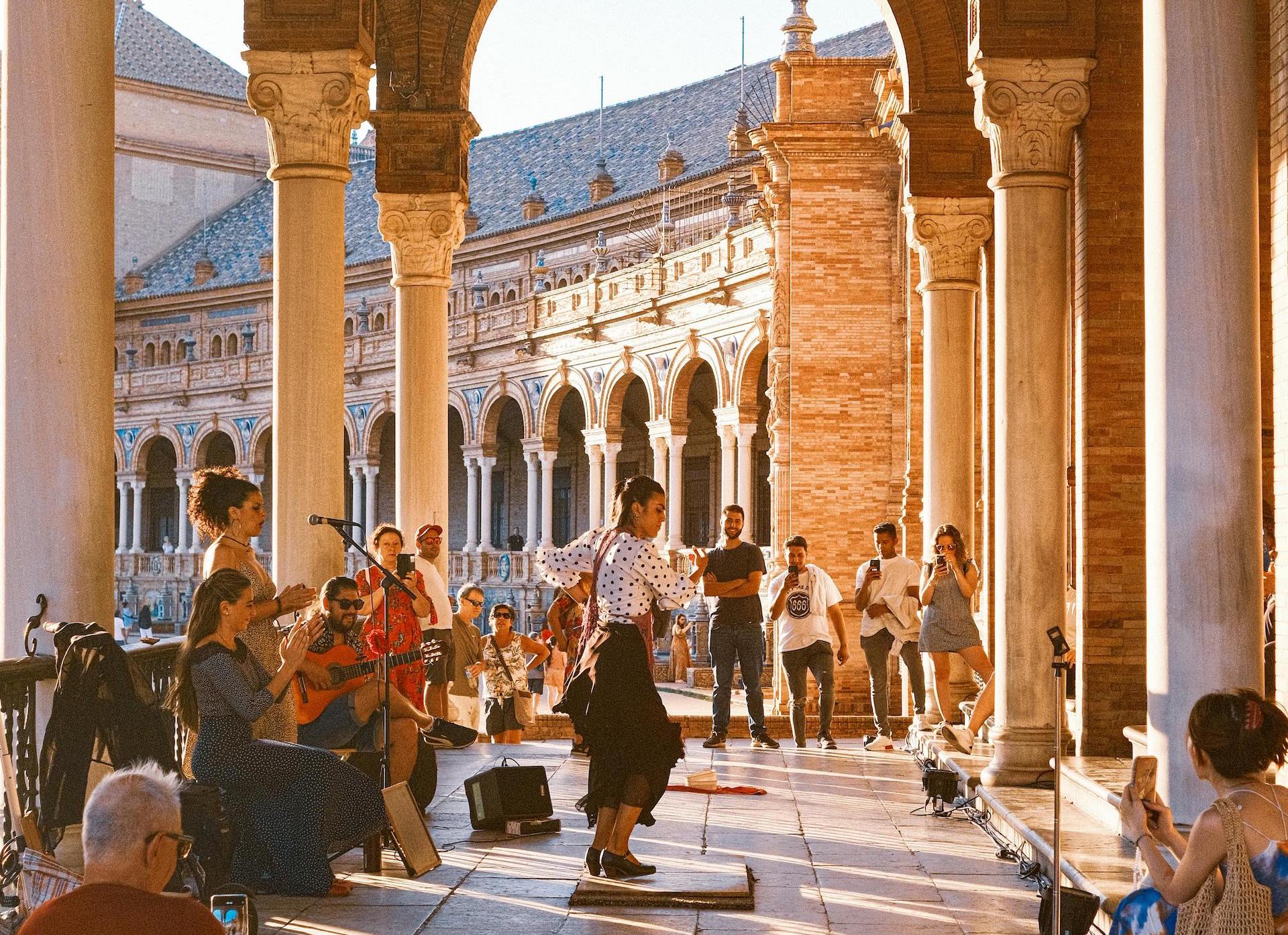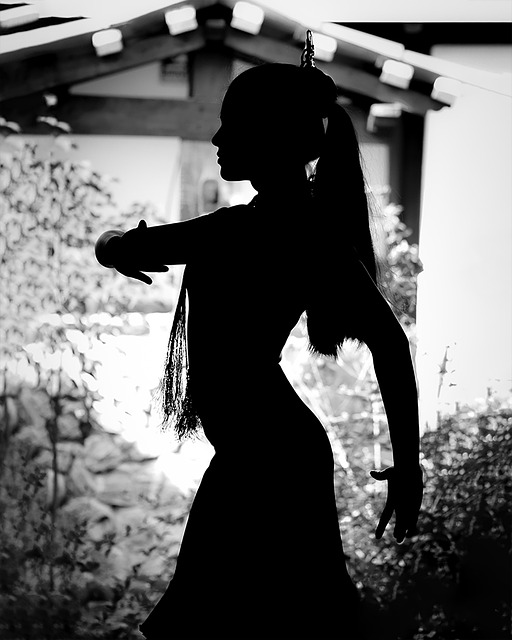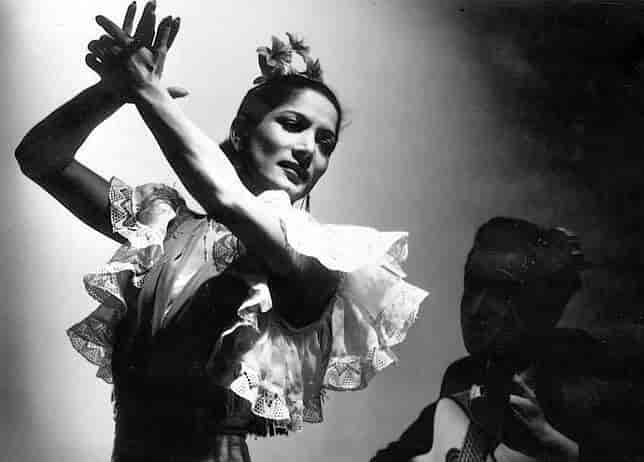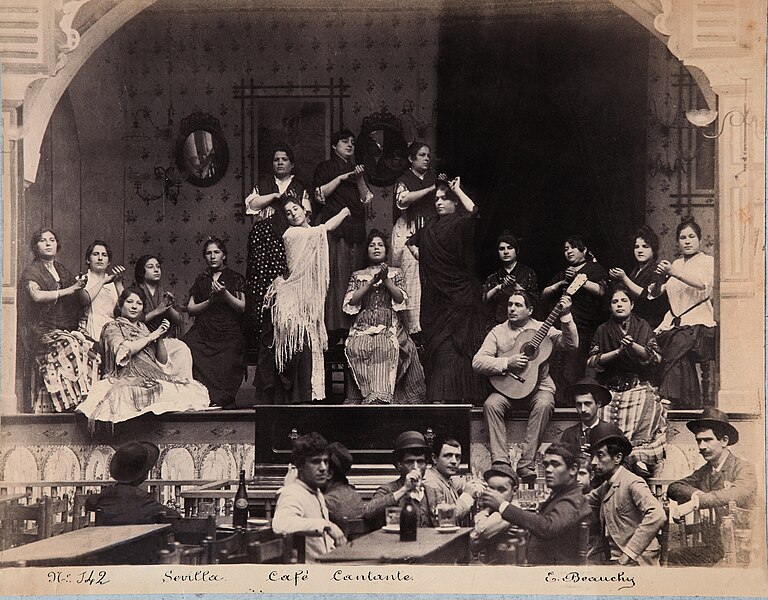You can read about flamenco. You can memorise its rhythms, learn the history, even pick apart the lyrics.
But you won’t get it until you feel it.
The stomp of boots on wood, the singer’s raw cry cutting through the night, the sharp clap of hands echoing like a heartbeat.
Flamenco isn’t just a show. It’s an eruption—of joy, of grief, of defiance. A feeling so big it can’t be held inside, so it spills out in music and movement.
So where does it come from? And what even is flamenco, really?
To understand it, you’ve got to walk the streets of Andalusia, where cultures collided and something electric was born.
Flamenco took root in the south of Spain, where history lingers in the air. Layers of it, stacked like peeling paint.
Andalusia has always been a crossroads—Moorish, Jewish, Christian, and Romani influences all tangled up together, leaving their marks on everything from food to architecture to music. Each group brought its own rhythms, its own way of singing, its own way of moving. Over time, those sounds wove themselves into something raw and untamed.
At first, flamenco wasn’t a performance. It wasn’t for tourists sipping wine in the front row of a tablao. It was private, intimate, whispered.
Songs of love, of loss, of survival. Sung in dimly lit rooms, voices carrying stories that words alone couldn’t hold.
Somehow, through all the struggle, flamenco didn’t just survive—it grew.
Before the guitar, before the dance, flamenco was just voice.
Cante—the singing—is the soul of it. The thing that holds everything else together.
Early flamenco songs were sung alone, unaccompanied, stripped bare. No frills, no distractions, just a voice pulling you in.
Two main styles emerged:
- Cante jondo—deep, intense, full of sorrow.
- Cante chico—lighter, playful, sometimes teasing.
Even now, flamenco without the singing feels hollow. Whether it aches with sadness or bursts with joy, the voice is what anchors it to its roots.
The guitar and dance came later.
In the 19th century, flamenco started shifting, evolving into the form we recognise now.
At first, it stayed behind closed doors—passed between friends, families, shared in the kind of moments you can’t force or fake. Some of those nights still happen, if you know where to look.
Then came the cafés cantantes—small, smoky venues where flamenco found an audience.
The guitar changed everything. It didn’t just add rhythm; it became part of the storytelling, as expressive as the voice.
And the dance? That brought flamenco’s emotions to life. The sweeping arms, the sudden, furious footwork—it demanded your attention, made it impossible to look away.
By the late 19th century, flamenco had gone from something private to something bigger.
This was its Golden Age, when artists pushed it further, refining and expanding it, performing for mesmerised crowds. Flamenco wasn’t just something you stumbled across anymore. It was a spectacle.
Now, flamenco stands at a crossroads between tradition and reinvention.
In Seville, you’ll find its purest form in tiny peñas—intimate clubs where the music stays wild and untamed. But you’ll also see modern versions, mixed with pop, jazz, even reggaeton. Some love it. Some think it’s losing its soul.
No matter how much it changes, though, its heart stays the same.
For me, flamenco isn’t just music or dance.
It’s a way to connect with emotions too big for words. A language spoken through movement, through rhythm, through song.
That’s why I started The Dance Gypsy—to share the stories of legendary artists, to offer tips on how to really see flamenco, to help people find the best shows in Spain.
Whether you’ve been obsessed with it for years or you’re just starting to get curious, I hope this space makes flamenco feel a little more alive for you.
And if you’re ever in Seville, searching for a performance that stays with you—or just want to talk about this extraordinary art form—get in touch.
Flamenco isn’t polished. It isn’t polite. It’s alive. It’s fierce. And it’s waiting for you.
¡Olé!




Hi, this is a comment.
To get started with moderating, editing, and deleting comments, please visit the Comments screen in the dashboard.
Commenter avatars come from Gravatar.